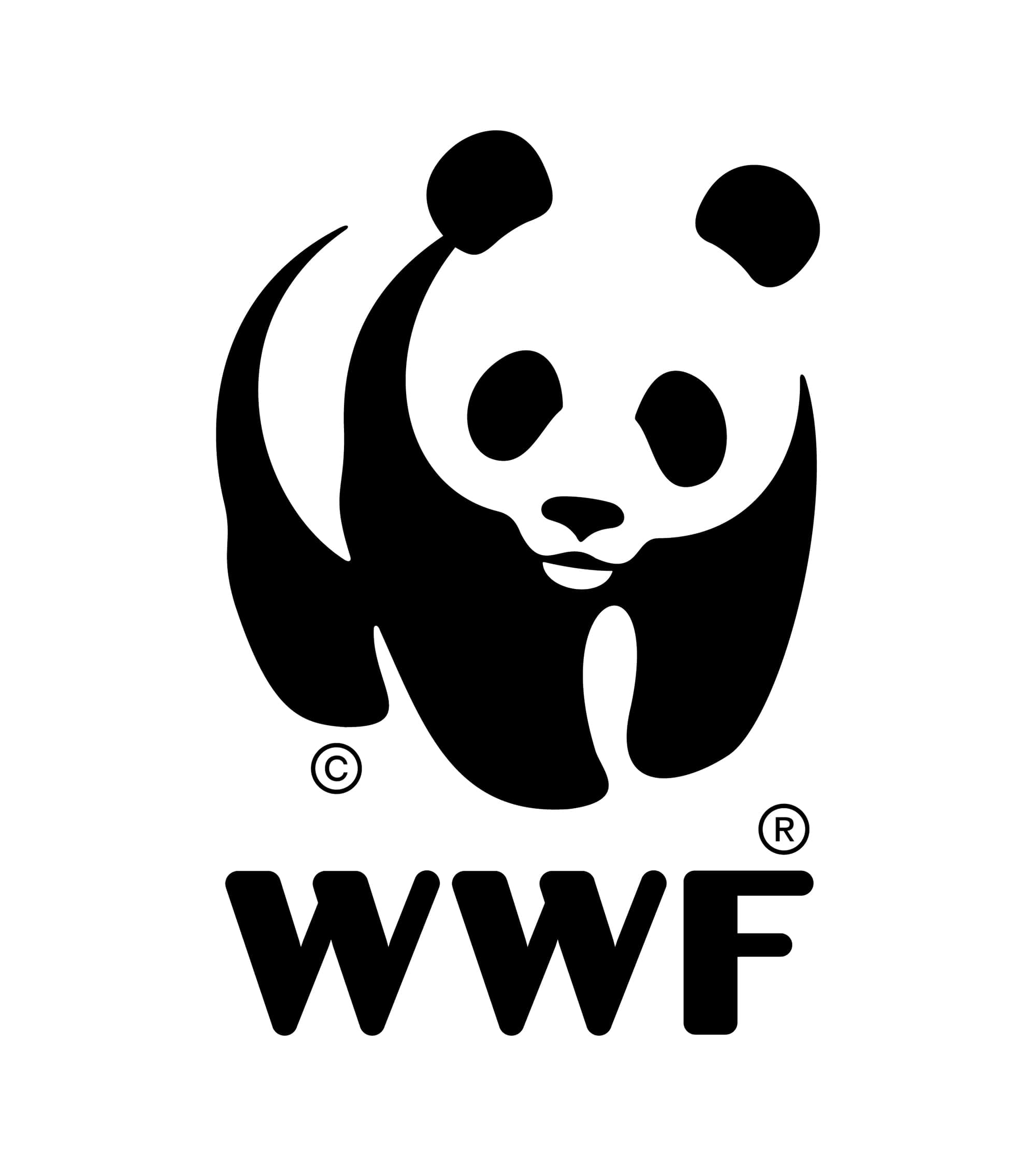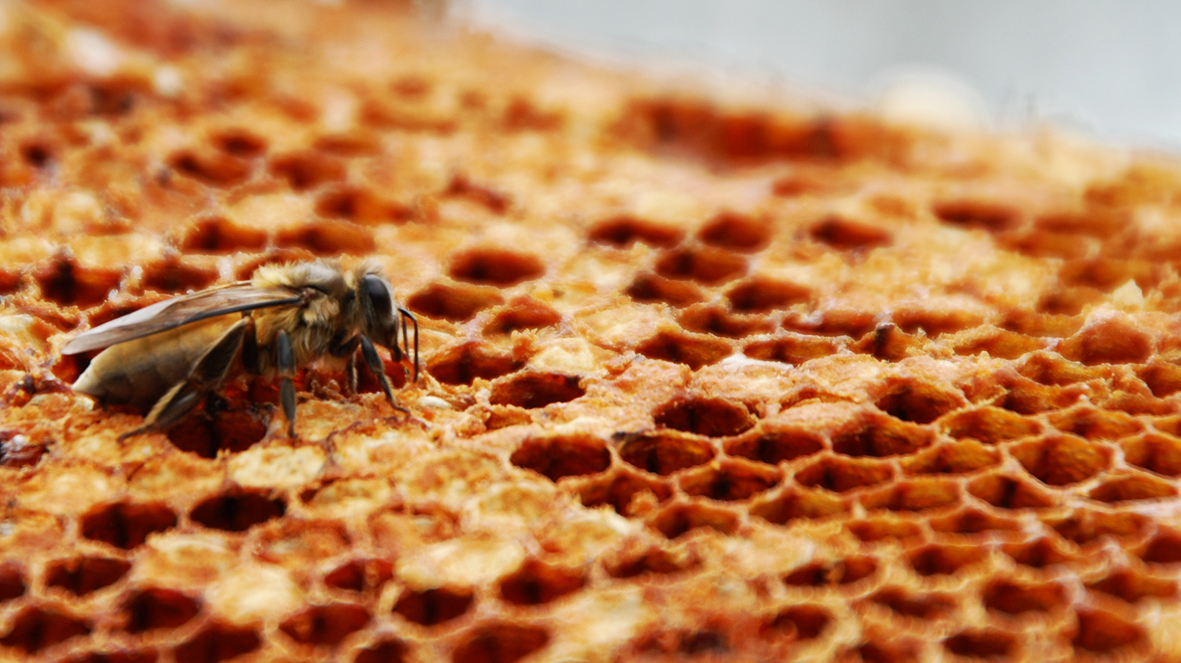KELULUT HONEY PRODUCTION PROTECTS TURTLE NESTING IN PALOH
Since 2009, WWF-Indonesia has been running a sea turtle conservation program in Paloh sub-district that aims to determine the population and threats to sea turtles and their habitat in Paloh waters. This conservation program is carried out through monitoring, as well as assistance to the community to reduce the level of turtle egg poaching through the development of sustainable alternative livelihoods.
Post the opening of land access to Temajuk Village at the end of 2012, the economic activity has increased. This was marked by the development of agricultural sector commodities such as palm oil, pepper, and others, which resulted in massive land clearing along the coast. The increasing value of land also encouraged people to open land in droves for sale. This condition certainly has an adverse impact on the vegetation of sea turtle nesting habitat along 63 km, which is the nesting location for at least 500 female mothers every year.
The poaching rate of sea turtle eggs, which is still high enough to be above 25% in 2016, has encouraged community assistance programs on sustainable alternative livelihoods to be intensified. The potential of cultivated Kelulut Honey (Heterotrigona itama) was introduced to the Paloh community. The high selling price of honey, easy management techniques, and the availability of nests that are still abundant in the forest, make Kelulut farming a promising option.
Honey Processing Training for Best Results
The superior product of the Wahana Bahari Paloh Community Group in the form of Kelulut Honey has begun to attract consumers and has been marketed in the local Paloh, Sambas Regency, Singkawang City, Pontianak City, Jakarta, to Sematan (Malaysia), including through the WWF-Indonesia network. The Wahana Bahari Paloh group as the manager of Kelulut Honey production also applies production supervision to assisted farmers so that the honey produced has passed the quality control stage to produce the best quality product (standard). The production of raw honey without any further processing (such as reducing the water content) aims to maintain the quality of the honey.
Marketing of the honey produced is still limited to word of mouth, participating in exhibition activities, and on social media. They need to fulfill several requirements such as P-IRT number (Pangan Industri Rumah Tangga) issued by the Local Health Office, halal label from LPPOM MUI and also registered with BPPOM to expand the market such as penetrating into the retail market. Therefore, WWF-Indonesia facilitated the training of Food Safety Counseling (FSC) and Product Packaging to the assisted groups as one of the requirements for applying for the P-IRT certificate number. The training activities were held on March 22-23, 2019 in Paloh Sub-district and attended by members of the Wahana Bahari Community Group as well as several communities who have business products.
In this two-day training, participants were given materials such as Legislation in the Food Sector; Food Safety; Food Processing Technology; Food Processing Hygiene and Sanitation; Good Food Production Methods for the Home Industry; Food Additives; Food Labeling and Advertising; and Product Packaging.
Andini, one of the participants who has a processed cracker product from cassava, said that she was greatly helped by this training. "I now know how to process food and food additives that are safe for consumption," she said.
Sri Megawati from Sambas District Health Office explained that sometimes people are still unfamiliar with food additives in the form of colorants and preservatives that are harmful to health. "Borax is often used as a food additive in making crackers, and people know it is a cracker developer," she added. Sri suggested the use of masks, gloves and headgear so that the products produced are hygienic and safe for consumption for processing Kelulut Honey. She also urged that the processing location should be kept clean, free from garbage, smoke odor, dirt and dust.
In addition to the processing method that must comply with health standard procedures, the product must also be packaged properly to attract the attention of consumers. Nanang, from Dinar Project, said that the label on the product packaging must contain complete information about the product, including composition, expiration date, production number and be equipped with legality (P-IRT, Halal, and BPPOM). The color of the label chosen on the packaging also affects how consumers perceive the product.
Darna Yance, as the head of the Wahana Bahari Paloh Community Group, hopes that this training can expand the marketing of kelulut honey products in retail networks and supermarkets. "Hopefully our products can be seen more by consumers so that we can increase the amount of production," she said.





